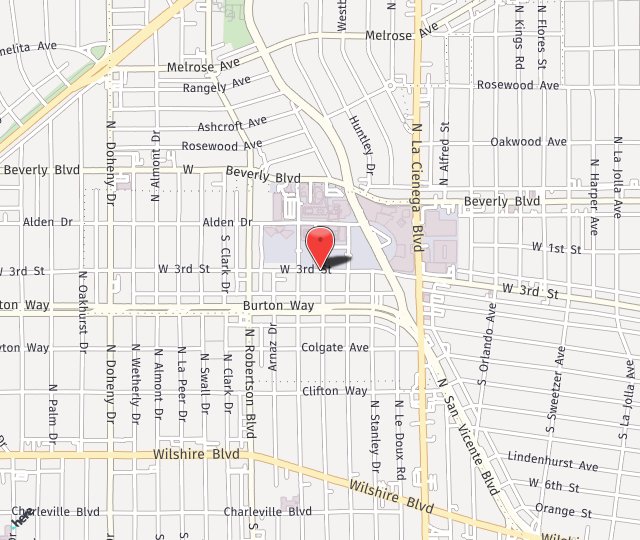Thoracic Outlet Syndrome

What is Thoracic Outlet Syndrome?
The thoracic outlet is a muscular and bony passageway where a major group of nerves and blood vessels travel between the neck and arm. The nerves in this area form the brachial plexus. These nerves exit the spinal cord and travel between the scalene muscles of the neck and between the collarbone (clavicle) and first rib, making their way towards the arm and hand to provide movement and feeling. Traveling with the brachial plexus, the subclavian artery and vein shuttle blood between the arm and heart. In Thoracic Outlet Syndrome, the muscular and/or bony passageway can become narrower in the neck/shoulder area and lead to compression of the brachial plexus and/or subclavian vessels (artery or vein).
What are the symptoms of Thoracic Outlet Syndrome?
With continued compression of the nerves of the brachial plexus, patients can develop numbness and tingling of the inner arm, pinky finger, or pinky side of the ring finger. In long-standing or severe circumstances, the nerve compression can lead to weakness or paralysis of the muscles moving the thumb and fingers. Some patients experience dull, aching pain in the neck and shoulder. Typically, this pain is worsened by raising the arm above the shoulder, which narrows the muscular and bony passageway and compresses the nerves even more. In situations where the subclavian artery is compressed, patients may report diffuse pain or easy fatigue of the affected arm and hand due to the reduced blood flow into the area. When the subclavian vein is compressed, the arm and/or hand may be swollen and purplish in color due to the blood not being able to leave the hand and travel back to the heart.
What causes Thoracic Outlet Syndrome?
Risk factors for Thoracic Outlet Syndrome include repetitive activities that cause the neck to thrust forward or the arms to raise with overhead shoulder activities. Additional causes may include trauma, such as neck whiplash injuries or collarbone fractures. Finally, a small percentage of patients are born with an extra rib in their neck, called a cervical rib. The common factor in these conditions is that they all lead to increased swelling in the muscular and/or bony passageway and decreased space for the nerves and vessels.
How is Thoracic Outlet Syndrome diagnosed?
Thoracic Outlet Syndrome can generally be diagnosed by the history and by physical exam looking for signs of weakness of the hand or numbness along the inner arm and pinky finger. The diagnosis can also be confirmed by looking for signs of nerve inflammation when the arms are raised for up to three minutes. In situations where the diagnosis is unclear, a nerve conduction and muscle study can be ordered to obtain more information on the health of the individual nerves and their muscles. A neck and shoulder X-ray can be helpful in looking for a cervical rib or abnormally shaped collarbone (clavicle). An MRI can also provide a picture as to whether the nerves of the brachial plexus or subclavian vessels are compressed between the scalene muscles of the neck or between the collarbone (clavicle) and first rib.
What are the treatments for Thoracic Outlet Syndrome?
Treatment of Thoracic Outlet Syndrome begins and ends with physical therapy. Patients will work with physical therapists on strengthening their shoulder muscles, improving their posture, and relaxing the scalene muscles of the neck. Patients who are not making gains over several months are advised to undergo surgical treatment. In this procedure, a decompression is performed of the brachial plexus and/or subclavian vessels through an incision in the neck. Space is created for the brachial plexus and subclavian vessels by removing tight portions of the scalene muscles of the neck as well as the first rib. In a small subset of patients with a neck (cervical) rib, a portion of the neck rib or its fibrous stalk is removed. The goal is to provide space for the nerve and blood supply, giving them a chance to regenerate. Doing so in a timely fashion should lead to speedier electrical signals and blood flow and return of movement, feeling, and function.
What happens after surgery for Thoracic Outlet Syndrome?
Thoracic Outlet Decompression is performed under general anesthesia and can last several hours depending on the extent of compression. For most procedures, patients may only need an overnight hospital stay and are discharged to home the following morning. If an extensive amount of decompression is performed, patients may be admitted overnight in the Intensive Care Unit as a precaution to monitor their breathing. Patient are placed on a short course of medications that specifically treat nerve pain to keep them comfortable. After the completion of surgery, patients are typically wrapped in a shoulder and elbow sling to protect the surgical area. Patients may take off their elbow and shoulder sling once they are no longer in discomfort, which is typically around 1 week after surgery, and get the incision wet. At this point, full stretching is permitted of the shoulder, elbow, wrist, and hand. Patients will resume physical therapy exercises just as before surgery. Each patient’s recovery is different in terms of how many months it takes for the pain to improve, for the muscles to turn back on, and for the skin to start to feel again.

